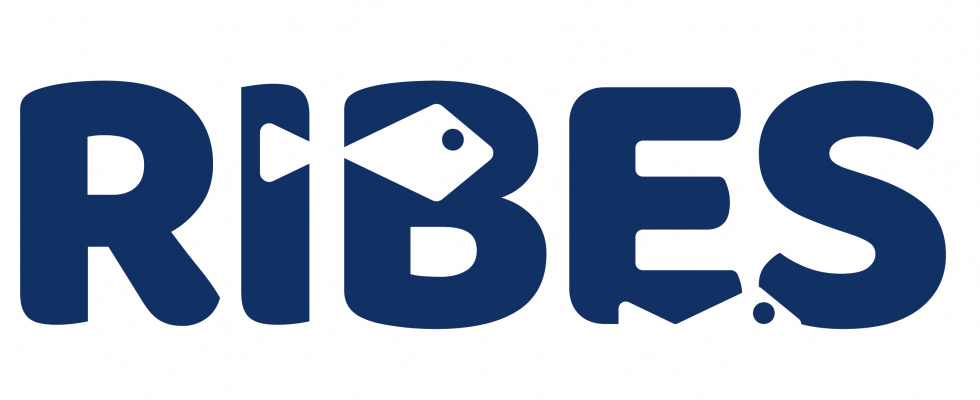In 2016 serious concerns on the achievement of the EU Biodiversity Strategy 2020 targets, due to the continuing loss of biodiversity and degradation of aquatic habitats, led to the urgent adoption of a new Resolution for implementing ecosystem restoration measures. Moreover, on December 2018 the EU raised to 32% the binding renewable energy target for 2030, bringing further input to hydropower development. Meeting these targets sets challenging issues for mitigating the impacts of man-made structures in rivers that fragment habitats and prevent movement and migration of aquatic organisms.
RIBES (River flow regulation, fish BEhaviour and Status) European Training Network (ETN) will train 15 ESRs in the interdisciplinary field of Ecohydraulics to find innovative solutions for freshwater fish protection and river continuity restoration in anthropogenically altered rivers.
The RIBES project, funded under the European Union Horizon 2020 Research and Innovation Programme, has a duration of 4 years, from January 2020 to December 2023
News
Paper: Aquatic connectivity - challenges and solutions in a changing climate
RIBES ESRs Rachel Mawer and Velizara Stoilova, and others recently published the paper Aquatic connectivity: challenges and solutions in a changing climate.
Paper: The effect of in-flume habituation time on estimated fish swimming performance
RIBES Early Stage Researcher Usama Ashraf, together with supervisors Claudio Comoglio, Costantino Manes and Daniel Nyqvist, all from Politecnico di Torino, recently published the paper: "The effect of in-flume habituation time and fish behaviour on estimated swimming performance".

